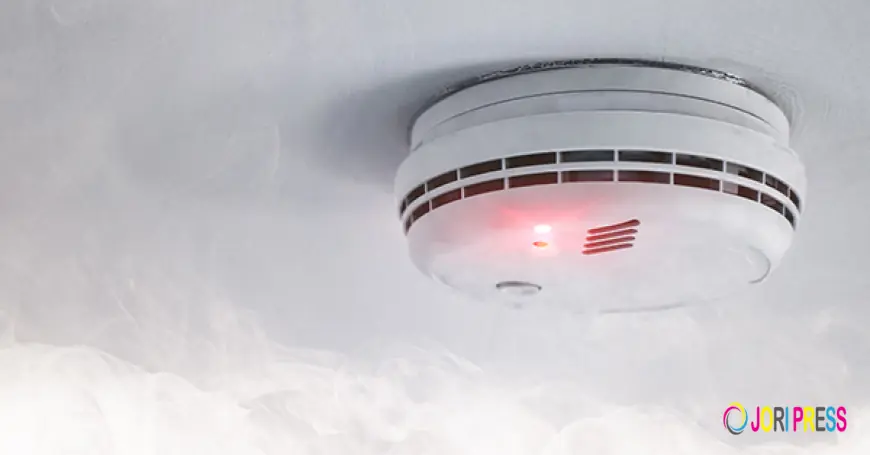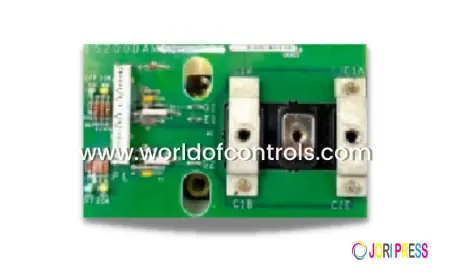Fire detection market forecast points to smart, connected growth through 2030
Over the next five to ten years the fire detection market is expected to grow steadily as smart, connected systems and retrofit activities drive replacement cycles. Adoption will be strongest in Asia-Pacific and the Middle East, while mature markets focus on upgrades, integration, and sustainability — creating opportunities across hardware, software, and services.

The fire detection market is poised for a period of sustained expansion as regulatory pressure, urbanization, and digital transformation converge. Forecasts suggest that growth will be fueled by three parallel trends: accelerated replacement of legacy systems, widespread deployment of IoT-enabled devices, and expansion of value-added services such as predictive maintenance and managed monitoring. These forces will change the revenue mix, shifting more value toward software subscriptions, analytics, and lifecycle services while hardware sales continue to account for the bulk of market volume.
Regionally, Asia-Pacific is expected to lead in absolute growth due to rapid construction, smart city investments, and an increasing focus on building safety standards. China and India will represent the largest incremental demand pools as new commercial, residential, and infrastructure projects incorporate modern detection and notification systems. The Middle East will also contribute materially, driven by large public and private infrastructure projects and stringent safety protocols for mega developments. North America and Western Europe will maintain steady growth, primarily through retrofit and upgrade cycles, demand for integrated building management systems, and replacement of older, non-addressable installations.
Technology adoption will be a major differentiator in the forecast period. Multi-sensor detectors, AI-enabled analytics, and edge computing will reduce false alarms and improve detection accuracy, making advanced systems more attractive to high-risk and high-value facilities. Wireless, battery-optimized devices will accelerate residential and small commercial adoption by lowering installation costs and disruption. Interoperability standards and open APIs will encourage partnerships between detector manufacturers, IT/cloud providers, and systems integrators, expanding the ecosystem of services that can be monetized.
Service revenues — installation, testing, certification, and remote monitoring — are expected to grow faster than product revenues on a percentage basis. As building owners seek to outsource compliance and maintenance, managed service models and performance-based contracts will become more common. Predictive maintenance, enabled by continuous sensor telemetry and analytics, will reduce lifecycle costs and create recurring revenue streams for suppliers and integrators. This will also shift buyer preferences toward vendors that can demonstrate total cost of ownership advantages and measurable uptime improvements.
Price pressure and affordability will remain key constraints in developing regions. To achieve broad penetration, suppliers will need modular product families that allow basic compliance today and incremental upgrades later. Local manufacturing and channel partnerships will be critical for competitive pricing and faster time-to-market. Meanwhile, premium markets will demand highly integrated solutions with strong cybersecurity, compliance reporting, and analytics capabilities.
Cybersecurity will be an ongoing concern and a gating factor for adoption of cloud-connected systems. Forecast models assume increased spending on secure gateways, encrypted communication, and certified device management platforms. Vendors that can prove robust security postures and streamlined compliance reporting will capture larger shares of enterprise and critical infrastructure projects.
Sustainability and regulatory shifts will further shape the market trajectory. Energy-efficient designs, recyclable materials, and long-life power solutions will be favored in regions with green building mandates. Regulatory updates that require addressable systems, improved testing regimes, or mandatory monitoring will accelerate upgrade cycles and open near-term opportunities for retrofit specialists.
Competitive dynamics will favor firms that combine product excellence with software and service capabilities. Expect continued M&A activity as global players acquire analytics and IoT specialists, while niche manufacturers partner with integrators to extend service footprints. New entrants focused on low-cost, easy-install consumer products will expand the residential segment, but capturing commercial and industrial value will require compliance expertise and service networks.
In conclusion, the forecast for the fire detection market through the end of the decade is positive and structurally transformative. Growth will be broad-based — led by Asia-Pacific and driven by technology, services, and regulatory enforcement. The winners will be companies that balance affordable hardware with compelling software services, robust cybersecurity, and scalable channel strategies to serve both retrofit and new-build opportunities.
What's Your Reaction?
 Like
0
Like
0
 Dislike
0
Dislike
0
 Love
0
Love
0
 Funny
0
Funny
0
 Angry
0
Angry
0
 Sad
0
Sad
0
 Wow
0
Wow
0














































